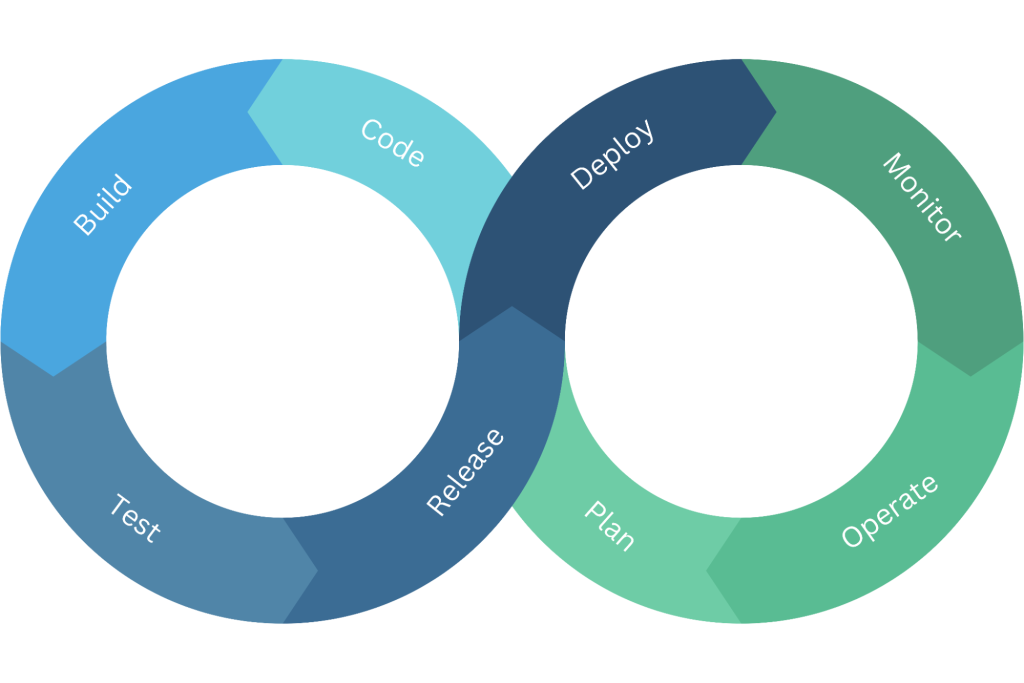Here at WebRTC.ventures we always say, “the only thing harder than building a WebRTC application is testing it.” Why is this true? This post details some of the many challenges that a QA tester faces on a daily basis when testing WebRTC applications. And, in response, the best practices our QA team has developed for testing live video applications.
Be a Driver and a Pilot
QA testers need to read and comprehend complicated business requirements, functional specifications, and design papers in order to perform their jobs properly. In other words, if the application is a car, the QA tester needs to become a driver. If the application is for a plane, then he/she needs to become a pilot.
Our team takes this very seriously. In addition to having a very skilled team (more than half ISTQB-certified), we perform internal training sessions where we cover trending topics we see in our projects. This is to make sure that our QA testers have the ability to be drivers, pilots – even astronauts if required!
To maintain a high level of expertise, it’s crucial for QA testers to stay current, not only with WebRTC but also with advancements in software engineering. This is especially significant since test environments can be complex, making it essential for QA testers to work closely with programmers, sysadmins, and project leads. A basic understanding of the work of all of these parties is necessary to interact effectively and achieve productive collaboration.
By keeping up to date with the latest developments and fostering strong communication among team members, we can guarantee the success of our initiatives and deliver the highest quality results.
Prepare For Deadlines
Tight deadlines are common for QA testers. These deadlines can make it difficult to ensure that all tests have been run and all defects have been found and fixed. This is especially true in software development. Requirements tend to change frequently, but deadlines don’t.
Another challenge arises when these deadlines are accompanied by requirements that are poorly defined, insufficient, or confusing. In this scenario, it is hard for QA testers to build effective test cases and guarantee comprehensive testing.
At WebRTC.ventures, the Agile manifesto and DevOps methodologies are in our DNA. Rapidly changing environments are our daily bread. This experience enables us to manage tight deadlines in the best humanly possible way.
In addition to our QA staff, we also have proficient Agile coaches that work in conjunction with clients and development teams in order to make sure requirements are always well understood and align with what the client needs. This also allows us to prioritize tasks accordingly. We know that when faced with a large number of issues, it can be difficult for QA testers to determine which ones to fix first based on their severity and impact on the software program.
DevTestOps
DevOps is about collaboration between Development and Operations to improve the quality and deliverability of software products. When you add Testing to the mix, you get DevTestOps. Same as the original, this implies changes in culture, processes, and tools to favor collaboration and automation.
As part of this collaboration, it’s essential that testers effectively communicate with developers, project leads, and other stakeholders regarding testing requirements, timelines, and results. However, this can be challenging without the right tools and expertise. Additionally, keeping detailed records of test runs, cases, and bug reports can be a time-consuming task for QA testers. Therefore, it’s important to provide the necessary support and resources to help them efficiently manage their workload and streamline the testing process. By doing so, we can ensure that our collaboration produces the best possible outcomes.
Two of the core values in our team are being communicative with each other and overly-communicative with our clients. This allows us to be aligned with the collaboration principle of DevTestOps.
The Right Tooling
QA testers must guarantee that their products are tested in a variety of environments, including desktop, mobile, and even virtual machines, to make sure that the application works well everywhere. This requires the right tooling.
To make sure of this, our QA team in Panama has a testing lab with multiple devices and platforms available. We keep up with on-premise and cloud virtualization techniques, along with services like BrowserStack that allow us to increase the coverage of devices.
Our QA team has plenty of experience using tools like Jira and TestLink to keep track of the tests that we perform on each project. This approach allows us to have every piece of the testing process at hand when working with the rest of the development team.
Let’s not forget about automation. QA testers need to be proficient with automation tools in order to speed up and enhance the testing process. Our team has expertise in popular automation tools and frameworks such as WebDriverIO, TestRTC and Loadero that help us guarantee the quality of software products as efficiently as possible, as DevOps philosophy dictates.
Conclusion
Software testing is a critical task in any development project, yet it’s often underrated. This is especially true for WebRTC projects, where testing plays a vital role. The challenges that QA testers encounter on a daily basis require a high level of expertise and exceptional exploratory skills. Our team has gained extensive experience in testing live video applications, allowing us to refine our best practices and deliver efficient and high-quality work.
Are you ready to engage an experienced QA testing team to ensure the quality, effectiveness, and performance of your live video application? Contact WebRTC.ventures today!














